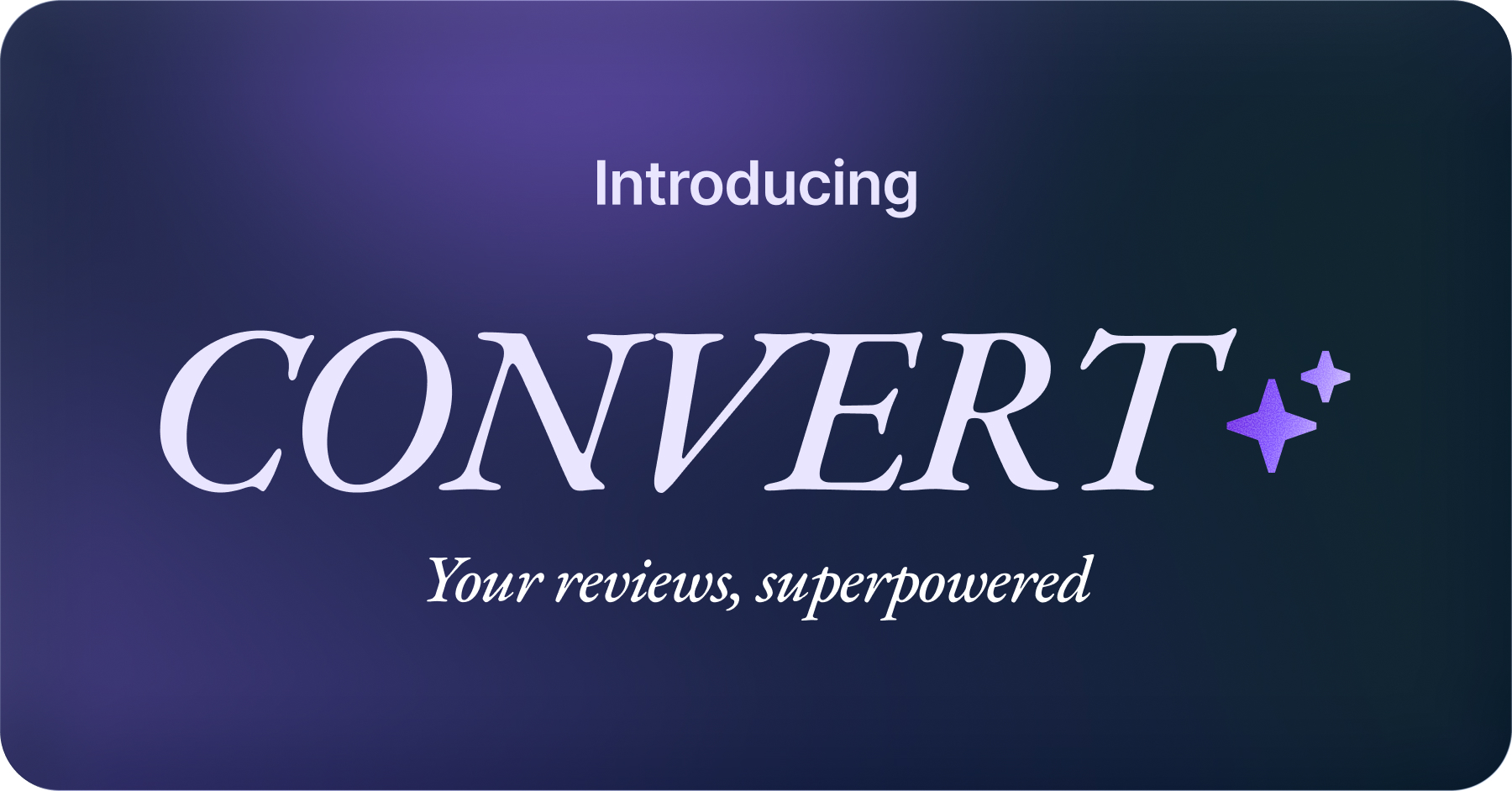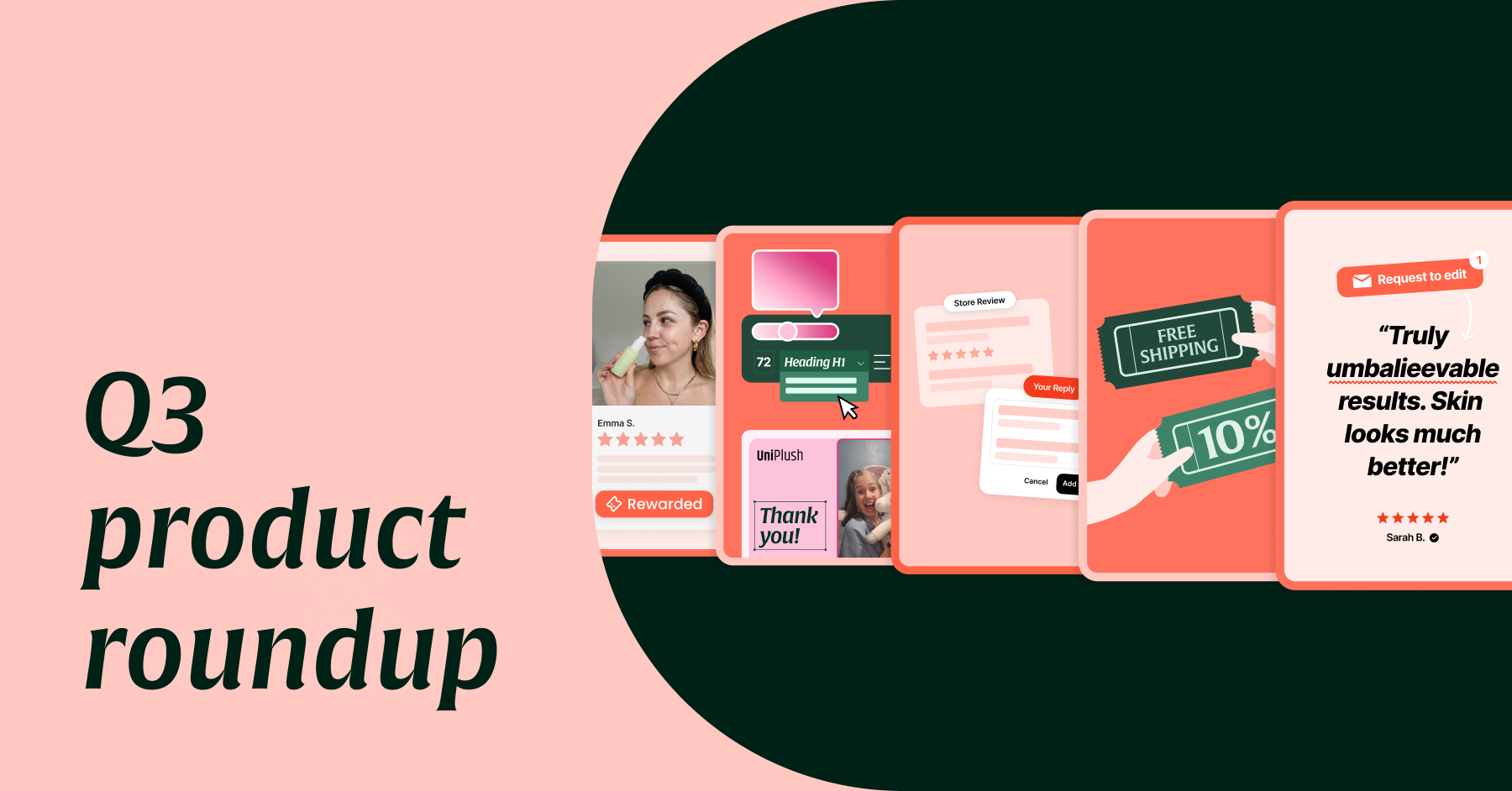How to Get Rich Results for Your Shopify Store

This blog post was written based on Yoast's and Loox's co-hosted webinar:
SEO is a game of real estate. It’s all about landing that prime location on the first result of the SERP (Search Engine Result Page). But your ranking is just one factor to be taken into consideration.
Over the years, Google has invested much effort into turning the search results into a more intuitive way of presenting the myriad of data points it collects. One way it presents this data is by using Rich Results:
Rich results are experiences on Google surfaces, such as Search, that go beyond the standard blue link. Rich results can include carousels, images, or other non-textual elements. (Google)
For example, here’s the Google result for a DVD of Frozen. You can see what a normal search result might look like:
.png)
You've got a breadcrumb, a title, and a description. The basics are covered, but that’s all.
If you give Google a bit more information about your offer, you’re eligible to get an upgraded listing in the form of rich results.
This is what the DVD listing could have looked like (if it was running Yoast SEO and Loox together):
.png)
Quite a difference, right?
All of a sudden you have the star rating, the average rating, and the number of reviews. This comes from Loox. And you have the price and the stock status from Yoast SEO.
The kicker: If your competitors don't have these kinds of results and you do, you're talking double or triple the number of people clicking your result than otherwise might happen.
The inverse is true too. If everyone else has them and you don't, you're not going to get many clicks.
To make sure you don’t miss out on this rich opportunity, I will walk you through what these rich results are, how you can gain these and what impact they can make on your business.
Understanding Rich Results For Ecommerce
The result you can see below is achieved through a method called “schema” and “structured data”.
.png)
It basically means that you need to give Google (and other search engines) information about your offer in a way they can understand. Just writing it down in plain text on your website won’t get the job done.
To learn what and how you can describe things in a proper way, you can find a dictionary at schema.org. Rich results are only one of many things here.
And even further, rich results are available for various entities. Since this post is all about ecommerce, we focus on everything that is product-page related.
Below you’ll find schema.org’s information page for the Product entity. As you can see, a product might have a brand, category, color, or all sorts of different attributes.
.png)
If you look closely, you’ll also see “aggregateRating”. This is the attribute that is responsible for product reviews. So if you plan to showcase your reviews on your Google listing’s rich results, you need to look at this.
To pass this schema, we use a specific type of code to describe our products, services, and businesses in a way that Google can understand. Below you can see an example:
.png)
Don’t worry if you’re not familiar with code. Actually, it's straightforward:
- It’s a product.
- It has images.
- It has a description.
- It has an SKU code.
- It has a brand.
- It got a few reviews too.
So that’s how Google sees your product page now. And here’s how Google handles it and brings it to life for shoppers (different example, though):
.png)
Communicating this information directly to Google makes you eligible for these rich results.
We should point out this isn't a ranking factor and it's not a guarantee of getting these types of rich results, but it does make you eligible.
If we're trying to get a specific rich result format for products you only need a name, an offer (i.e. price or discount), or reviews.
By taking a quick look at the screenshot below, you’ll see how important reviews are to Google:
.png)
How To Add Product Structured Data | Google Search Central | Documentation | Google Developers
To describe a product properly to Google, they only ask you to give it a name and tell Google how many reviews that product has. Alternatively, you can tell Google about your offers, instead of reviews. (Reviews seem to be more important to Google than images or a product description).
Why Use Schema if It’s Not a Ranking Factor?
There are several reasons why you should use schema despite the fact that it isn’t considered to be a Google ranking factor:
Increase Trust (E-A-T)
One of the things that Google is increasingly trying to do is evaluate your web pages to determine if you’re legit.
They refer to this as E-A-T (Expertise, Authority, Trustworthy). It's a broad concept, not a ranking factor. It's a set of ideas and ways that they're looking at web pages.
.png)
It's really important to understand that this kind of evaluation isn't just Google's algorithms, but also the human quality rater teams that Google employs. It's like 30,000 of them evaluate search results and web pages and they say, “this wasn't very trustworthy” or “Oh, I wasn't sure about the business opening hours” or “it's not clear who wrote this page” and other kinds of quality signals.
Social proof like reviews can be a big part of demonstrating that you're an authentic and legitimate business. It's much less likely that your business is a scam if you've got a bunch of real reviews from real customers saying “my product was delivered” or “ this was a real Rolex”.
Even though reviews probably aren’t a ranking factor, it does go a long way to help search engines (and users) trust your pages more.
Increase Click-Through Rates From Google Search and Shopping
If you're going to buy something you almost certainly at some point go to a search engine. You type a search term and you see a bunch of products with reviews. Whether that's explicit reviews or star ratings against products. This influences what happens next.
For example, if we’re looking at the visual below, it’s clear that shoppers will feel the most comfortable by clicking on the sneaker in the middle. This product listing really stands out with five stars.
.png)
Almost everybody says they read reviews before they decide to purchase or not.
Users seek out the information they read and that influences their decision-making process. Not just of your products but also of your business, your customer service, your delivery, your sales, and your support. All of it.
Unfortunately, that trust erodes if you have bad reviews or even if you have no reviews at all.
Google wants you to put a great effort here. If competing products have better reviews or even any reviews when you don't, you're much less likely to get the click and less likely to get the sale. It’s up to you to change this.
Collecting The Reviews is a Critical Piece of The Puzzle
By now, we can all agree that customers are expecting to see product reviews. This leaves us with the question of how to get them.
There’s software out there that allows you to collect reviews in a systematic and automated way. Whenever a shopper completes a purchase, the software waits until the items have been delivered, and then triggers review requests. Once the review is collected, it’s ready to be displayed on your website.
As soon as you've collected this mass of user-generated content (UGC) you sit on a gold mine. Your trust level goes up and conversion rates are proven to increase. In fact, here at Loox, we see a 91% increase in conversions.
Bringing it All Together in a Wider Context
The following screenshot is an example of a Shopify store running Yoast SEO:
%20(1).png)
Now, let’s try and understand this page from Google’s perspective.
Here’s a super geeky visualization of that product page:
.png)
You can see the relationships between these things. It’s a good way to influence Google and earn knowledge panels and other types of rich results.
So how do you do all of this?
This is all very complex and nerdy. Honestly, it requires you to read through lots of pages of Google documentation. It’s daunting.
Luckily enough, you don't have to do that.
Loox and Yoast SEO work seamlessly together. So all of the abstract technical complex stuff is handled behind the scenes. All you need to do is to get the reviews. (Here’s how to do that).
Together, we describe all of the important stuff to Google in a way they can understand. So you’re eligible for rich results by default. We spent a huge amount of time stitching all that together.
On one hand, we have a whole bunch of SEO data and information about the page and the organization behind it, and on the other hand, there’s all the review data collected by Loox.
This can be a good way to earn and reinforce the information in your knowledge panels:
.png)
You can’t control this directly, but you can send strong signals to make sure that Google understands things like your preferred logo, when your business was founded, the structure of your website, and so on.
There are all sorts of parts of Google like this, where structured data doesn’t directly control the outcome, but it provides important context and information that can help them to understand. (Even when that’s not directly related to a rich result).
What The Product Schema Looks Like in Practice
The following product page has five different colors, two different styles, and eight different sizes, which means that there are dozens of variations to choose from.
.png)
But that’s not enough. There is also the relationship between the organization and the author, et cetera.
We, Loox and Yoast, will output something that looks like this to Google:

There's one product here but it's available in over 50 different variations and each of those has an offer and some of them have different prices. But as you start to look closely you can just see on the right-hand side there's a tiny little dot that says “AggregateRating”.
We're connecting all the dots into one narrative and now all of those products and all of their variations are eligible for super sleek rich result formats in Google, Bing, Yahoo, Facebook, and all the major providers and platforms that are consuming data this way.
Why Not Add The JSON-LD Manually?
Naturally, I’m biased towards doing this via the Yoast and Loox apps, but the whole process can also be done manually by you. It’s your decision.
What it requires is that you add the JSON-LD snippet to your theme’s liquid using variables in all the relevant places. There are some great guides out there on how to do this. Like the one that Logeix wrote.
However, we don’t recommend implementing this manually as it is difficult to maintain, easy to get wrong, and likely won’t encapsulate the full depth of entities you want to interlink.
To Sum it All up
The ecommerce space is getting more and more competitive, with more and more rich result formats and features arriving all the time.
If you’re not already using this kind of approach to show off your products in the search results, then it’s going to get harder and harder to compete.
That makes now a great time to get a robust framework for your structured data in place, and to start collecting reviews!



.jpg)
